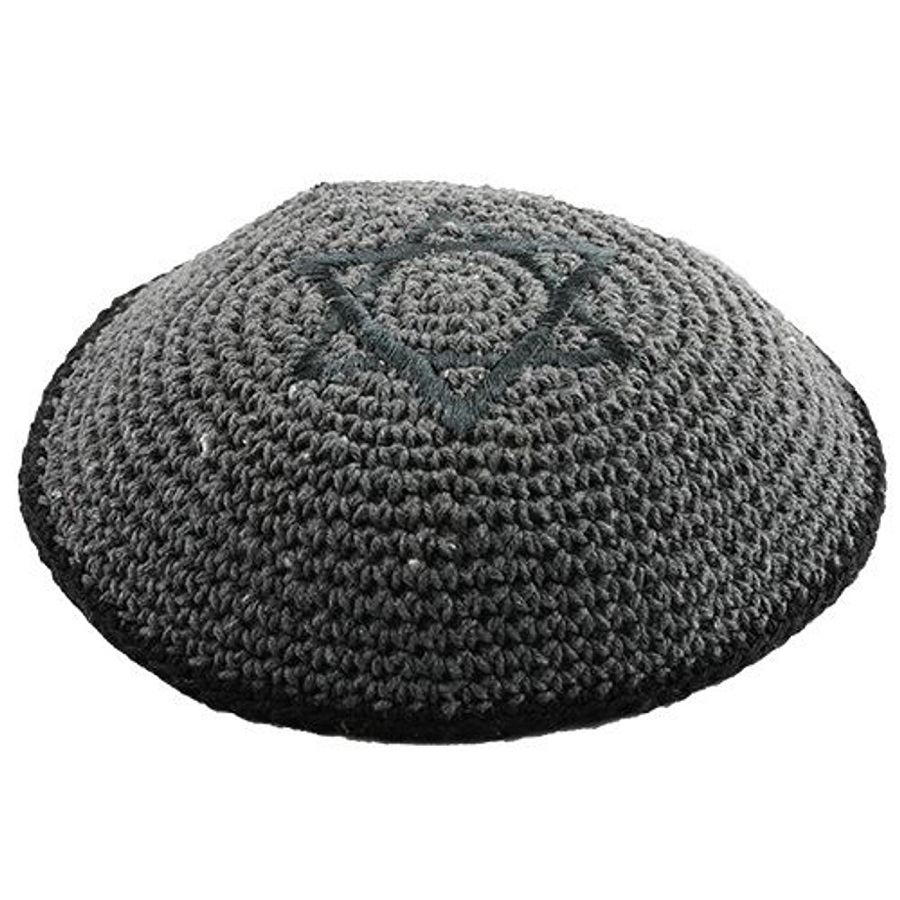Introduction
The kippah hat, also known as a yarmulke or skullcap, holds immense significance in Jewish culture and tradition. This small, circular headcovering, typically made of fabric, serves as a visible symbol of Jewish identity, humility, and reverence for God. Its presence spans across different Jewish denominations, from Orthodox to Reform, and its meaning evolves with the individual interpretations and practices within the faith. In this exploration, we delve into the historical origins, religious symbolism, social implications, and modern adaptations of the hat.

Historical Origins
The exact origin of the kippah is shrouded in mystery, with no explicit biblical commandment mandating its use. Some trace its roots back to ancient civilizations where head coverings were a sign of respect or a way to differentiate between social classes. Others suggest that it evolved from the practice of covering one’s head during prayer, as a gesture of humility before God. The Talmud mentions the custom of covering one’s head during prayer and study, but wearing a kippah at all times emerged later, likely in the Middle Ages.
Religious Symbolism
At its core, the kippah represents humility and the constant awareness of God’s presence. By covering their heads, Jews remind themselves that there is something greater above them—both physically and metaphorically. It serves as a physical manifestation of the belief in divine sovereignty, encouraging a sense of reverence and reminder to act with morality and integrity in daily life.
The kippah also embodies the concept of ‘kavod’ , which translates to respect or honor. Wearing it demonstrates respect for God, tradition, and the community. For many, it is a personal expression of commitment to their faith and a visual cue to live up to the high ethical standards set by Jewish teachings.
Social Implications
Within Jewish communities, the kippah often functions as a marker of Jewish identity, fostering a sense of belonging and unity. It can serve as an instant recognition signal among Jews, facilitating connections and interactions within the community. In areas with significant Jewish populations, wearing a kippah in public can be a bold statement of pride in one’s heritage, though it may also expose individuals to potential discrimination or anti-Semitic incidents.
Moreover, the style and material of the kippah can indicate the wearer’s level of observance, affiliation with specific Jewish movements, or even personal tastes. For example, a black velvet kippah might be associated with Orthodox Judaism, while a colorful, crocheted one could signify a more liberal approach to the faith.
Modern Adaptations and Debates
In contemporary times, the role of the kippah continues to evolve. While traditionalists坚守 its constant wear as a sacred obligation, more liberal interpretations allow for flexibility. Some progressive Jews choose to wear a kippah only during prayers or religious events, while others have introduced innovative designs, materials, and even headwraps as alternatives, reflecting personal style and cultural fusion.
The discussion around gender and the kippah has also gained prominence. While traditionally worn by men, many women in Reform, Conservative, and some Modern Orthodox communities have started adopting the practice of wearing kippot as a form of spiritual equality and personal expression. This shift challenges conventional norms and opens up conversations about inclusivity and evolving gender roles within Judaism.

Historical Origins
The earliest recorded mentions of head coverings in Jewish tradition can be found in the Talmud, though the specific custom of wearing a kippah is believed to have emerged in medieval Europe. Initially, the kippah served a practical purpose, protecting the head from cold temperatures and dust. It gradually became associated with humility and the recognition of divine presence above. Early kippot were simple, often made from scraps of cloth or leather, reflecting the wearer’s modesty and adherence to religious principles.
Traditional Designs and Materials
Traditionally, kippahs were plain, unadorned, and made from materials like cotton, wool, or silk. The color choices were typically black, white, or other neutral shades, symbolizing simplicity and spiritual purity. In Ashkenazi communities, black kippahs were prevalent, while Sephardic Jews often favored white. These basic designs reflected a unified approach to religious observance, emphasizing community over individuality.
Regional Variations and Cultural Influences
As Jewish communities spread across the globe, regional variations in kippah designs began to emerge. For example, Yemenite Jews wore intricately woven kippahs made of silk, while North African Jews favored colorful, embroidered caps. These differences not only showcased local craftsmanship but also integrated elements of the surrounding cultures into Jewish tradition, enriching the symbolism and aesthetic of the kippah.
Modern Expressions: Personalization and Fashion
In recent decades, the kippah has undergone a significant transformation, becoming a canvas for personal expression and fashion. With advancements in textile technology and access to diverse materials, modern kippah designs range from traditional to highly contemporary, incorporating various patterns, colors, and even logos. Younger generations, in particular, have embraced personalized kippahs that reflect their individual styles, interests, or affiliations. Sports team logos, university emblems, and even pop culture references are now common sights on kippahs, demonstrating how faith and modernity can coexist harmoniously.
Symbolism and Meanings in Contemporary Designs
Contemporary kippah designs often carry deeper symbolic meanings beyond mere aesthetics. Some kippahs feature intricate patterns inspired by biblical texts or Jewish motifs, such as Stars of David, menorahs, or prayers, serving as wearable reminders of faith. Others may be adorned with national symbols, expressing solidarity with Israel or pride in one’s heritage. Additionally, kippahs made from recycled materials or sustainably sourced fabrics reflect a growing awareness of environmental responsibility within the Jewish community.
The Kippah as a Bridge Between Traditions
In an increasingly globalized world, the kippah has also become a symbol of interfaith dialogue and understanding. Jews participating in interfaith events may choose kippahs that incorporate symbols from other religions, fostering mutual respect and shared values. Moreover, non-Jewish individuals attending Jewish ceremonies may be offered kippahs as a sign of inclusivity and respect for the religious setting.

Understanding the Basics
Before diving into specific occasions, it’s essential to understand the basic types of kippot available:
- Materials: Kippahs can be made from a wide range of materials, including cotton, wool, silk, leather, suede, and even crocheted yarn. The material often influences the formality of the kippah; for instance, crocheted ones are generally more casual, while silk or velvet denotes a higher level of formality.
- Styles: Styles range from simple, solid colors to those adorned with intricate patterns, embroidery, or even sports team logos. Some feature a single color, while others have multiple tones or designs.
- Sizes and Shapes: Kippahs come in various sizes to fit different head circumferences, and shapes can vary from the traditional round to square, triangular, or even specialized designs like the Bukharan kippah.
Everyday Wear
For daily wear, comfort and personal preference should主导 your choice. A simple, neutral-colored cotton or crocheted kippah is versatile and practical. These are typically less formal and easier to maintain, making them suitable for work, school, or running errands.
Synagogue and Prayer Services
When attending synagogue or participating in prayer services, it’s advisable to opt for a more formal kippah. Materials like silk, velvet, or fine wool in darker shades convey respect and solemnity. Consider a kippah with a subtle pattern or one that matches the overall tone of the service. In some synagogues, there might be a communal basket of kippot available for visitors to use, but bringing your own adds a personal touch.
Conclusion
The hat, a seemingly simple garment, carries profound layers of meaning within Jewish culture and tradition. Beyond being a symbol of humility and reverence, it reflects the complexities of Jewish identity, community dynamics, and personal beliefs. As Jewish communities continue to navigate the balance between tradition and modernity, the kippah remains a dynamic element, adaptable to changing times yet rooted in centuries-old customs. Its ongoing evolution underscores the vitality and resilience of Jewish tradition, reminding us of the timeless values of respect, faith, and the ever-present search for connection with the divine.
